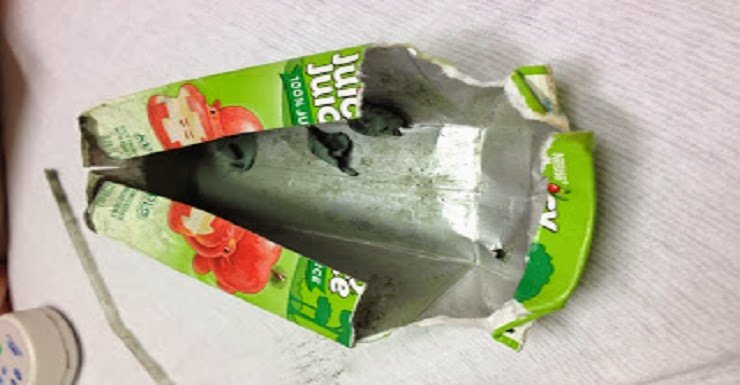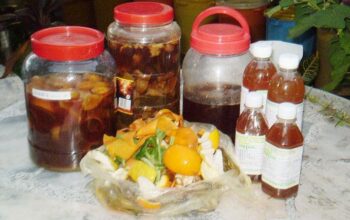As a parent, I’ve always been conscious of what my children consume, but it took me some time to realize the hidden dangers lurking in seemingly innocent juice boxes. My journey towards eliminating these convenient but potentially harmful beverages has been eye-opening, and I want to share my insights to help other parents make informed decisions about their children’s nutrition.
The Hidden Health Risks in Juice Boxes
At first glance, juice boxes appear to be a healthy choice. They’re marketed as containing “100% fruit juice” and seem like a convenient way to provide children with essential nutrients. However, the reality is far more complex. The primary concern lies in their astronomical sugar content. Many popular juice boxes contain as much sugar as a can of soda, with some packing up to 20 grams of sugar in a single small serving.
The health implications are significant:
- Increased risk of childhood obesity
- Higher likelihood of developing type 2 diabetes
- Potential dental health issues
- Risk of developing unhealthy eating habits
What’s Really Inside Those Juice Boxes?
Beyond sugar, juice boxes often contain a cocktail of questionable ingredients. Many brands use:
- High-fructose corn syrup as a primary sweetener
- Artificial preservatives
- Artificial colors and flavors
- Minimal actual fruit content
A shocking study by the American Heart Association revealed that many juice boxes marketed to children contain more added sugars than the recommended daily intake for children. These additives not only contribute to health problems but can also create long-term nutritional challenges.
Environmental Concerns: Beyond Personal Health
The environmental impact of juice boxes is another compelling reason to reconsider their use. These single-use containers create significant waste, with millions ending up in landfills each year. Most juice boxes are complex multi-material packages that are difficult to recycle, contributing to environmental pollution.
Healthy Alternatives That Actually Nourish
Transitioning away from juice boxes doesn’t mean eliminating fun drinks for children. Here are some excellent alternatives:
- Homemade fruit-infused water – natural flavor without added sugars
- Fresh smoothies made with whole fruits
- Herbal teas (cooled and unsweetened)
- Diluted fresh fruit juices
Practical Tips for Parents
Making the switch requires strategy. Start by gradually introducing healthier options and involving children in the process. Create fun fruit-infused water together, or let them help prepare smoothies. The key is making healthy choices enjoyable and interactive.
Consider investing in reusable water bottles with fun designs that children will be excited to use. This not only promotes better health but also teaches environmental consciousness.
The Bottom Line
My decision to stop buying juice boxes wasn’t made lightly. It came from understanding the comprehensive risks – to my children’s health, their nutritional development, and our environmental footprint. While convenient, these small packages represent a larger issue of prioritizing ease over genuine nutrition.
Every small change matters. By being informed and making conscious choices, we can provide our children with genuinely nutritious alternatives that support their growth and well-being.
Quick Recommendations:
- Read nutrition labels carefully
- Prioritize whole fruits over juice
- Limit sugary drink consumption
- Encourage water as the primary beverage





